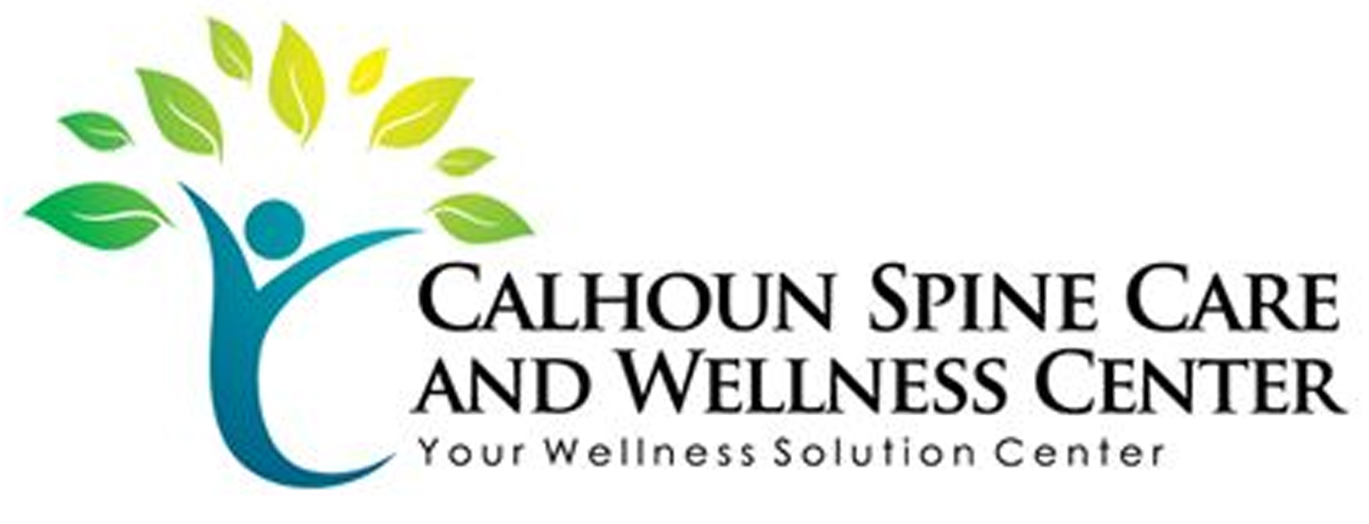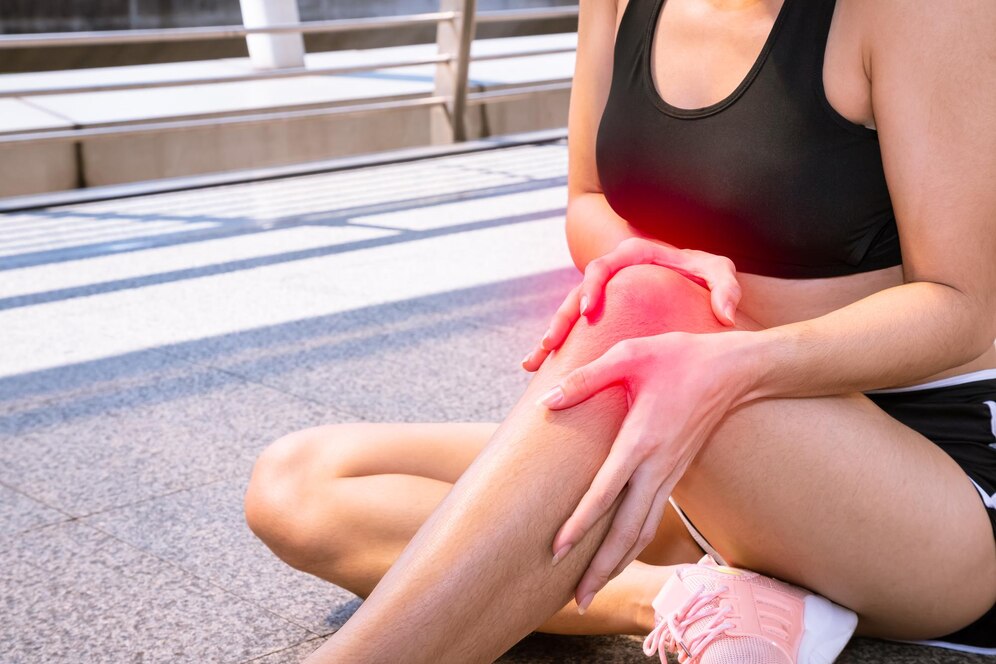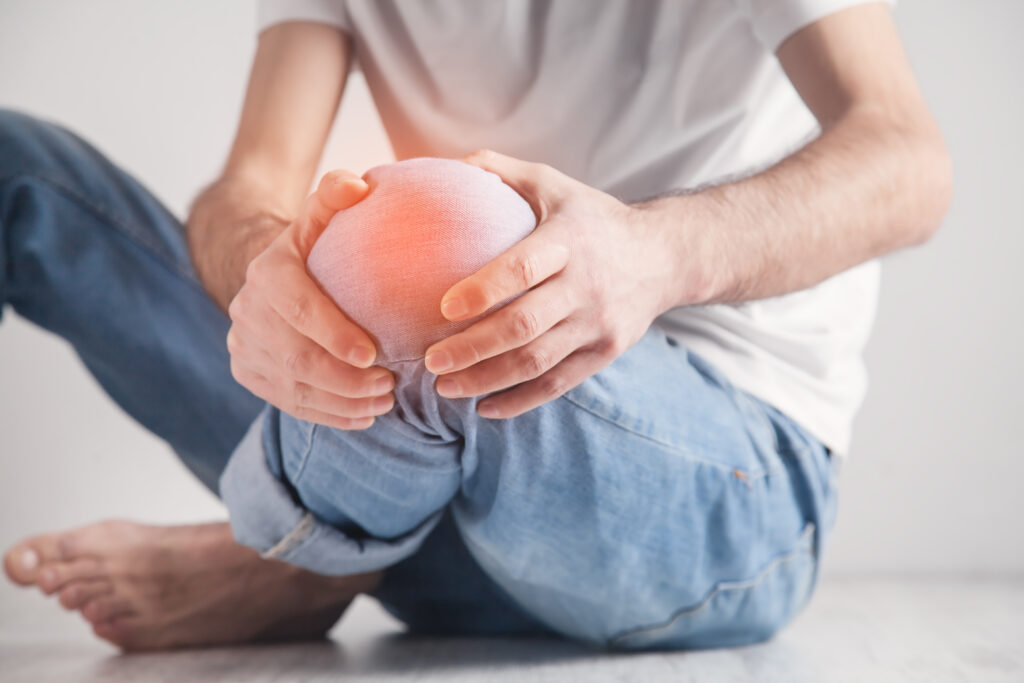You can't afford to overlook the importance of sports injury recovery in Calhoun. Ignoring this critical phase might not just prolong your recovery but could also lead to more serious setbacks that impact your athletic performance. Local facilities offer tailored programs designed for your specific needs, ensuring you return to your sport stronger than before. But how do you know when it's time to seek help? Understanding the signs and knowing the right resources can make all the difference in your recovery journey. Let's explore what you need to know.
The Importance of Recovery
Recovery is essential for athletes at any level, as it directly impacts performance and longevity in the sport. Whether you're a weekend warrior or a competitive athlete, how you recover can make all the difference in your training and competition outcomes.
You might think that pushing through pain or fatigue is a sign of strength, but neglecting recovery can lead to burnout, decreased performance, and even more serious injuries.
Taking time to recover helps your body repair itself, rebuild muscle, and restore energy levels. It allows your mind to reset and refocus, which is just as important for your overall performance. Incorporating rest days into your training schedule isn't a sign of weakness; it's a smart strategy to guarantee you're at your best when it counts.
You should also consider using active recovery techniques, like light jogging, cycling, or swimming. These activities can boost blood flow and promote healing without putting too much strain on your body.
Additionally, prioritizing sleep is essential; it's during deep sleep that your body does most of its healing and recovery work.
Nutrition plays a significant role, too. By fueling your body with the right nutrients, you can enhance your recovery process. Hydration is equally important, as it helps your muscles function properly and prevents cramping.
Common Sports Injuries
Sports injuries can creep up on anyone, whether you're a seasoned athlete or just starting out. Understanding the common injuries can help you stay alert and take preventive measures.
One of the most prevalent injuries is a sprain, which occurs when you stretch or tear a ligament. This often happens in sports that involve sudden movements, like basketball or soccer.
Another common injury is a strain, which affects muscles or tendons. Strains typically occur during activities that require heavy lifting or quick, explosive movements. You might feel a sharp pain or tightness in the affected area, which can make it difficult to continue your activity.
Tendinitis, especially in the knees or elbows, is another frequent issue, particularly in sports that involve repetitive motions. If you notice pain that intensifies with movement, it could be tendinitis.
Fractures, though less common, can happen to athletes, especially during contact sports or falls. These breaks can vary in severity but often require immediate medical attention.
Finally, shin splints are a common complaint for runners, characterized by pain along the shin bone. They result from overuse and can be exacerbated by improper footwear or running on hard surfaces.
Recognizing these injuries early can make a big difference in your recovery process. By being aware of these common sports injuries, you can take steps to prevent them and guarantee you enjoy your activities safely.
Signs You Need Recovery
Feeling persistent pain or discomfort after a workout is often a clear sign your body needs some recovery time. If you notice that your muscles ache considerably or you experience joint pain, it's crucial to listen to what your body is telling you. Ignoring these signals can lead to more severe injuries down the line.
Additionally, if you find yourself feeling unusually fatigued or drained, even after a good night's sleep, it might indicate that your body hasn't fully recovered from previous exertions. This fatigue can impact your performance and overall motivation, making it harder to push through workouts.
Another sign to watch for is a decrease in your performance levels. If you notice that your usual routine feels more challenging than before, or you're unable to lift your typical weights, it could be time to prioritize recovery. Remember, pushing through might seem tough, but it can lead to burnout or injury.
Lastly, if you experience swelling or bruising around an area that wasn't there before, it's a strong cue that you should take a step back. These symptoms often signify underlying issues that need attention.
In essence, be vigilant about your body's signals. If you notice any of these signs, don't hesitate to give yourself the necessary time to recover. Your long-term health and performance depend on it.
Recovery Timeline Overview
Understanding the recovery timeline is vital for anyone looking to bounce back from a sports injury. Each injury is unique, and your recovery will depend on various factors such as the type and severity of your injury, your overall health, and how well you adhere to the recovery plan.
Generally, the recovery process can be broken down into three main phases: acute, subacute, and chronic.
In the acute phase, which lasts a few days, your body focuses on healing and inflammation control. During this time, you might experience pain, swelling, and limited mobility, so it's important to rest and ice the affected area.
The subacute phase usually spans from a week to several weeks post-injury. Here, you'll start to regain strength and mobility, but you'll still need to be cautious. Gradually introducing light activities and gentle movements can help facilitate healing without overdoing it.
Finally, the chronic phase occurs when your injury has stabilized, often weeks to months after the initial incident. At this stage, you're ready to engage in more intensive rehabilitation and strengthening exercises to restore full function and prevent future injuries.
Keep in mind that everyone's timeline may differ. Regular check-ins with a healthcare professional can provide guidance tailored to your specific situation.
Rehabilitation Techniques
Rehabilitation techniques play an essential role in your recovery from a sports injury. They help you regain strength, flexibility, and function, allowing you to return to your favorite activities sooner and safer.
You'll want to work closely with a physical therapist who can create a tailored plan based on your specific injury and needs.
One significant technique you should consider is manual therapy. This hands-on approach can relieve pain and improve mobility by manipulating your muscles and joints.
Stretching exercises are also important; they help restore flexibility and prevent future injuries. Incorporating range-of-motion exercises into your routine will allow you to gradually regain movement in the affected area without overexerting yourself.
Strength training is another key component of your rehabilitation. Resistance exercises can help rebuild muscle strength, which is fundamental for stability and overall function.
Start with low weights and gradually increase as your strength improves. Don't forget about balance and coordination drills; these can enhance your body's ability to control movement and reduce the risk of re-injury.
Lastly, consider incorporating modalities like heat, ice, or electrical stimulation into your routine. These can help manage pain and promote healing.
Nutrition for Recovery
Proper nutrition plays an essential role in your recovery from a sports injury. When you're healing, your body needs the right nutrients to repair tissues, reduce inflammation, and regain strength. Focus on a balanced diet rich in whole foods that include lean proteins, healthy fats, and plenty of fruits and vegetables.
Start with protein. It's fundamental for repairing muscles and tissues. Incorporate sources like chicken, fish, beans, and nuts into your meals. Aim for at least 20 grams of protein in each meal to support recovery.
Don't forget about healthy fats, such as avocados, olive oil, and fatty fish, which help reduce inflammation and promote healing.
Carbohydrates are also significant, especially if you're gradually returning to your training. Choose complex carbs like whole grains, sweet potatoes, and legumes to provide sustained energy for your body. They'll also help replenish glycogen stores, which is essential for recovery.
Hydration shouldn't be overlooked either. Drink plenty of water throughout the day, as it helps transport nutrients and flush out toxins. Consider electrolyte-rich drinks after workouts to maintain balance, especially if you're sweating a lot.
Lastly, consider incorporating anti-inflammatory foods into your diet. Turmeric, ginger, and berries can all help reduce inflammation and support your recovery process.
Mental Health and Healing
While nutrition plays an essential role in your recovery, mental health is equally important as you heal from a sports injury. The emotional toll of an injury can be significant, often leading to feelings of frustration, anxiety, or even depression.
You might find yourself grappling with a sense of loss, not just of physical ability but also of identity, especially if sports play a central role in your life. It's vital to acknowledge those feelings and not brush them aside.
Engaging in open conversations with friends, family, or a mental health professional can provide you with the support you need. Surrounding yourself with a positive support system helps in alleviating the emotional burden and can motivate you to stay focused on your recovery goals.
Practicing mindfulness techniques, such as meditation or deep-breathing exercises, can also be beneficial. These techniques can help you manage stress and foster a more positive mindset during your healing journey.
Setting small, achievable goals can give you a sense of accomplishment, helping to combat feelings of helplessness.
Local Resources in Calhoun
When recovering from a sports injury, having local resources in Calhoun can make a big difference.
You'll find various rehabilitation centers that cater to your specific needs, along with support groups nearby to help you connect with others facing similar challenges.
These resources can provide the guidance and encouragement you need on your healing journey.
Rehabilitation Centers Available
In Calhoun, you'll find several rehabilitation centers dedicated to helping athletes recover from injuries effectively. These facilities offer specialized programs tailored to your unique needs, ensuring you get back to your sport as soon as possible.
The staff consists of trained professionals who understand the nuances of sports injuries and recovery.
Here are a few notable rehabilitation centers you might consider:
- Calhoun Sports Rehab: Focuses on individualized treatment plans and hands-on therapy.
- Peak Performance Therapy: Offers cutting-edge technology and personalized training regimens to enhance recovery.
- Athlete's Edge Rehabilitation: Specializes in sports-specific rehabilitation, helping you regain strength and mobility.
- Rehab & Recovery Center: Provides a holistic approach, combining physical therapy with nutritional advice.
Each of these centers has a unique approach, so it's important to find the one that aligns best with your recovery goals.
Don't hesitate to visit them and ask questions. You want to feel comfortable and confident in your choice. After all, getting back in the game starts with the right support and rehabilitation.
Support Groups Nearby
Finding the right rehabilitation center is just one part of the recovery process; connecting with support groups can greatly enhance your journey back to sports.
In Calhoun, you have several options that can provide encouragement and camaraderie during your recovery. One local group, Calhoun Recovery Network, meets weekly to share experiences and strategies for overcoming injuries.
You'll find that discussing your challenges with others who understand can be extremely beneficial. Additionally, the Calhoun Athletic Support Group offers a space for athletes of all ages to talk about mental and physical hurdles, fostering a sense of community.
If you're looking for more personalized support, consider joining online forums where you can connect with others from Calhoun who are facing similar struggles.
These platforms allow for flexible communication, making it easy to share insights and advice.
Tips for a Safe Return
Many athletes wonder how to safely return to their sport after an injury. It's essential to take this process seriously to avoid re-injury and guarantee long-term health. Start by consulting with a healthcare professional who understands your specific injury and can provide a tailored recovery plan. They'll help you gauge when you're ready to return to your sport.
As you prepare, keep these tips in mind:
- Gradual Progression: Don't rush your return. Start with low-impact activities to rebuild strength and stamina.
- Listen to Your Body: Pay attention to any pain or discomfort. If something doesn't feel right, it's better to take a step back than push through it.
- Set Realistic Goals: Focus on achievable milestones rather than jumping straight back into competitive play. Celebrate small victories along the way.
- Stay Mentally Prepared: Acknowledge the mental aspect of recovery. Visualization techniques can help you regain confidence in your abilities.
Once you're cleared to return, ease back into practice. Communicate with your coach and teammates about your recovery journey. They'll support you as you reintegrate into the team.
Conclusion
Don't underestimate the importance of sports injury recovery in Calhoun. Prioritizing your healing process not only helps you bounce back faster but also keeps you performing at your best. Pay attention to the signs that you need recovery and utilize local resources like Calhoun Sports Rehab and Peak Performance Therapy. By following a structured plan and focusing on both physical and mental wellness, you can guarantee a safe return to your sport and maintain your competitive edge.



